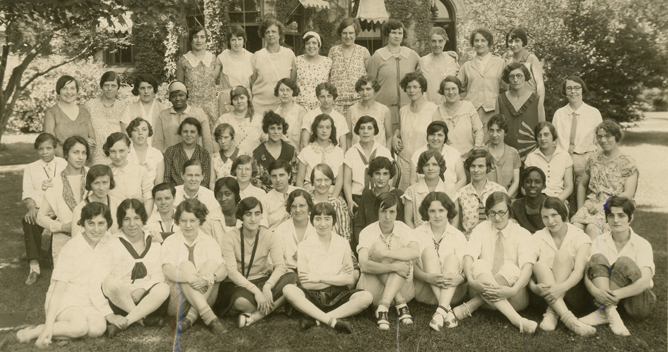Speaker Bio
Cameron Blevins is a doctoral candidate in American History at Stanford University where he is a researcher at the Stanford Spatial History Project and Literary Lab. His dissertation maps the geography of the U.S. postal system in the American West during the late-nineteenth century. Cameron is an active member of the digital humanities community and can be found online at cameronblevins.org.
See his blog post on topic modelling Martha Ballard diary at http://historying.org/2010/04/01/topic-modeling-martha-ballards-diary/
Bridget Baird is a Professor of Computer Science at Connecticut College. She is active in their Center for Arts and Technology and directed the Center for 10 years. Her research and teaching has always included strong inter-disciplinary components. In the past several years she has been involved in several projects in the digital humanities.
Abstract
The diaries of Martha Ballard and Elizabeth Drinker are two of the best-known American sources in the field of eighteenth-century women’s history. As a rural Maine midwife, Ballard was made famous by historian Laurel Ulrich in her Pulitzer prize-winning A Midwife’s Tale. Drinker, meanwhile, was the wife of a wealthy Philadelphia Quaker and chronicled the dramatic impact of the American Revolution from a female perspective. Both diaries present historians with a staggering amount of material: thousands of entries and hundreds of thousands of words stretched across three decades. Our project uses the tools of the digital age to re-examine these classic sources of eighteenth-century women’s history. We use data mining and analytical tools such as topic modeling in order to compare the two women’s writing: What persistent issues appeared in the two diaries and how did they reflect differences of class and education? How did environment (rural Maine vs. urban Philadelphia) shape their experiences? What was their scope of daily interactions with other people? Answering questions such as these offers insight not only into the lives of Drinker and Ballard, but also into how digital technology can illuminate women’s history in new ways.
Digital Diaries, Digital Tools: A Comparative Approach to Eighteenth-Century Women’s History
Developments in Digital Women's History
The diaries of Martha Ballard and Elizabeth Drinker are two of the best-known American sources in the field of eighteenth-century women’s history. As a rural Maine midwife, Ballard was made famous by historian Laurel Ulrich in her Pulitzer prize-winning A Midwife’s Tale. Drinker, meanwhile, was the wife of a wealthy Philadelphia Quaker and chronicled the dramatic impact of the American Revolution from a female perspective. Both diaries present historians with a staggering amount of material: thousands of entries and hundreds of thousands of words stretched across three decades. Our project uses the tools of the digital age to re-examine these classic sources of eighteenth-century women’s history. We use data mining and analytical tools such as topic modeling in order to compare the two women’s writing: What persistent issues appeared in the two diaries and how did they reflect differences of class and education? How did environment (rural Maine vs. urban Philadelphia) shape their experiences? What was their scope of daily interactions with other people? Answering questions such as these offers insight not only into the lives of Drinker and Ballard, but also into how digital technology can illuminate women’s history in new ways.
